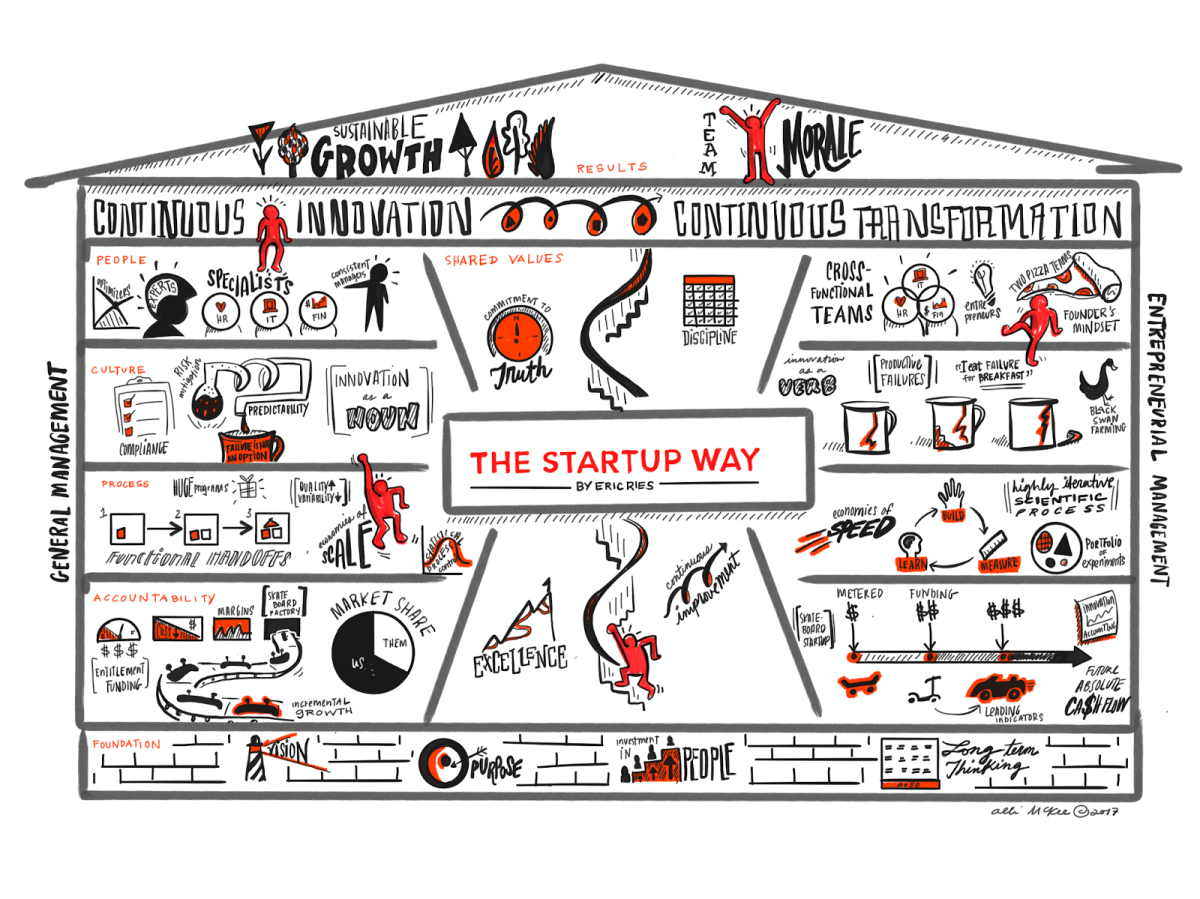How To Innovate Your Way To Microinsurance
There are about 50 insurers in Kenya battling to serve 5 million of the 50 million inhabitants. Even if the numbers aren’t 100 percent precise, the picture they serve is relevant indeed: insurers in emerging economies are mostly after the upper-income classes, leading to bitter competition. That’s a true Red Ocean, according to W. Chan Kim and Renée Mauborgne:
“industry boundaries are defined and accepted, and the competitive rules of the game are known. Here companies try to outperform their rivals to grab a greater share of product or service demand. As the market space gets crowded, prospects for profits and growth are reduced.”

There are 45 million emerging consumers in Kenya that are under- or uninsured. That’s the perfect Blue Ocean:
“An unknown market space, mostly untainted by competition.”
The Kenyan insurance market is far from atypical. Research pointed to the huge untapped demand for microinsurance in Ethiopia and Zambia.
Inclusive insurance is reaching an increasing number of low-income communities but these numbers pale in comparison against the potential of three billion people who could benefit from microinsurance cover.
Insurers in emerging economies aren't short-sighted

Serving emerging consumers is a business of doing good. And, if done well, it is also good for the bottom line of the business.
And insurers in emerging economies can literally see the opportunity every day on their commute to work.
From the many exchanges I’ve had over the last decade with insurance leaders, I know they recognise that they are almost exclusively serving middle and upper-class segments of the population. Insurers not short sighted. Most are keen to tap into this Blue Ocean of microinsurance to serve and grow with these emerging consumers.
So, if insurers generally recognise this potential, why aren’t we seeing a more concerted involvement and eagerness to develop microinsurance?
There are many hurdles. Challenges outside or on the outskirts of the insurer’s influence include the need for adopted regulation, lack of insurance education, and the lack of effective and efficient distribution channels.
How to innovate from within

All the hurdles and challenges mentioned above do exist and have been well documented.
However, a bigger but less-cited obstacle beyond the technical reasons is the internal capacity and especially how difficult it is to set up a space to innovate.
For insurers, low-income communities are an unknown market segment. Microinsurance products are also unknown. Successfully developing a microinsurance business requires stepping away from business as usual and rethinking how insurance works.
Innovation is the key word here. Many large organisations struggle to build an innovative environment in which new concepts like microinsurance can be put to the test; where failure is actually not failure but a lesson learnt on the way to an increased understanding of market segment and product offering.
It’s key to build an environment in which experiments can run freely without having to worry about all the process and compliance issues that are crucial for other businesses that run at scale and that are concerned about jeopardising their reputations.
This struggle to innovate is not unique to insurers trying to unlock the inclusive insurance potential. It is actually a common theme across all industries where incumbents struggle to cope with disruptions from lean startups that can swiftly adapt to new situations and pivot their business to help them grow.
Insurers that want to succeed in microinsurance need their microinsurance to work like a startup in an environment where it is safe to test.
How to build a startup state of mind
A great starting point on how to innovate like a startup is the book The Startup Way – How Modern Companies Use Entrepreneurial Management to Transform Culture & Drive Long-Term Growth by Eric Ries.
The book includes plenty of useful pointers on what it takes to build an “innovation culture”. These are summarised in the picture below:

On the left-hand side is the classical org chart – how a traditional company runs. Ries argues that innovative companies must build an entrepreneurial function, visualised on the right with the following key features:
- Cross-functional teams: multidisciplinary teams that work together to solve a problem rather than siloed function specialists, led by an entrepreneur who is passionate about the problem they’re solving, so much so that they will risk their job to make it work.
- Innovation as a verb: if you don’t fail you haven’t found your boundaries and have not innovated enough. From each failure, you learn and can adapt from there.
- Economies of speed: get your prototype (a flyer may do) to your clients as fast as you can, to measure their reaction; then learn and improve. Build-Measure-Learn is the motto of the lean startup movement.
- Metered funding: treat your innovation project as a venture capital investment. Start with seed funding and increase funding when the necessary evidence on uptake and growth is available.
Most important is the foundation on which the innovative organisation is built:
- The need for a strong purpose and vision: why are you doing what you are doing? What is your North star?
- Investment in people: People are the organisation. Treat your staff well so they can treat your clients well.
- Long-term thinking: innovative projects will generally not be an instant homerun but will need time to nurture and grow. Think of the long-term horizon rather than the short-term gains or losses.
Innovate your way into microinsurance
Video: Card Pioneer’s Journey to Customer Centricity, CGAP
At Microinsurance Master we have seen the concepts detailed in The Startup Way at work.
The host of our 2024 accelerator programme, Pioneer Microinsurance, has grown their business to 20 million voluntary microinsurance enrolments by living these principles. The video fragment above from Pioneer Life CEO Lorenzo Chan is just one demonstration on how they innovate their way into microinsurance.
During the Microinsurance Master accelerator programme, we adapt and tailor these insights to other organisations. This helps them think and act more like startups so that they can grow their businesses and make a meaningful difference for the people they serve.
Join us if you want to innovate your way into microinsurance too. The next edition of our annual accelerator programme starts on 4 March 2024 with a two-week immersion in the Philippines, followed by three months of mentoring by industry leaders.
